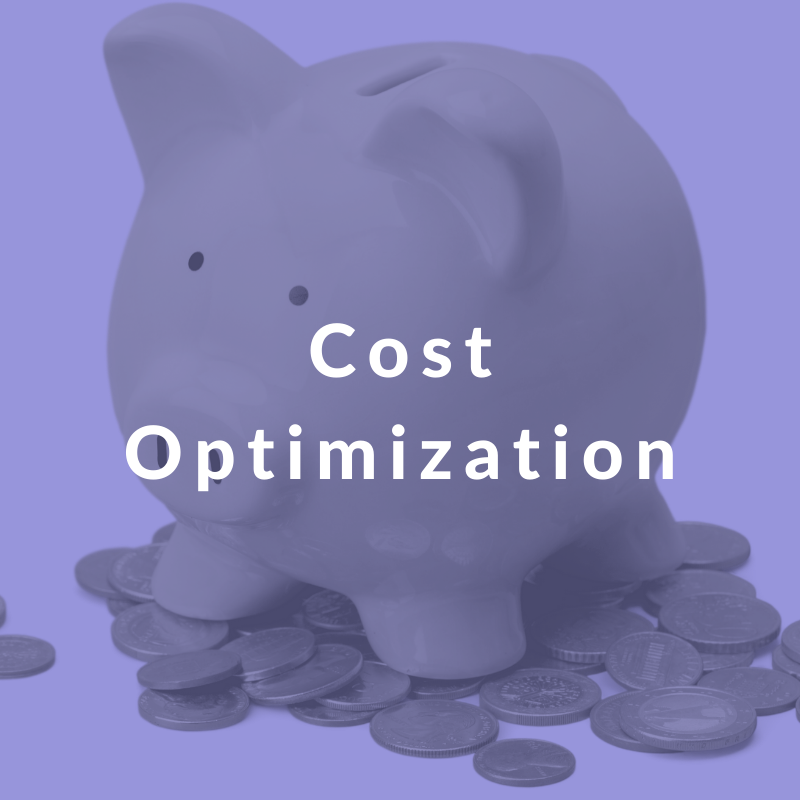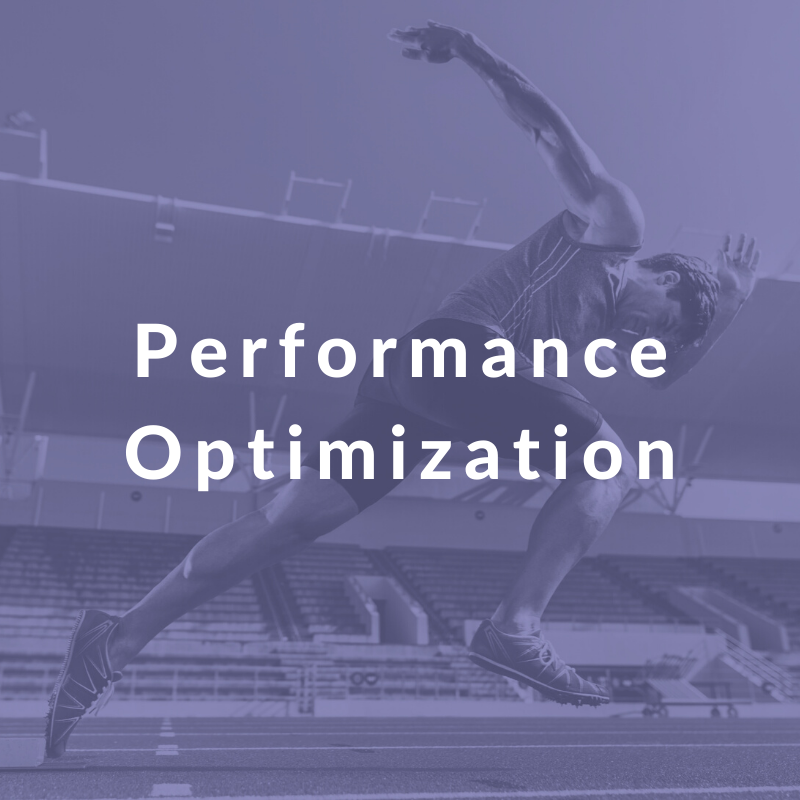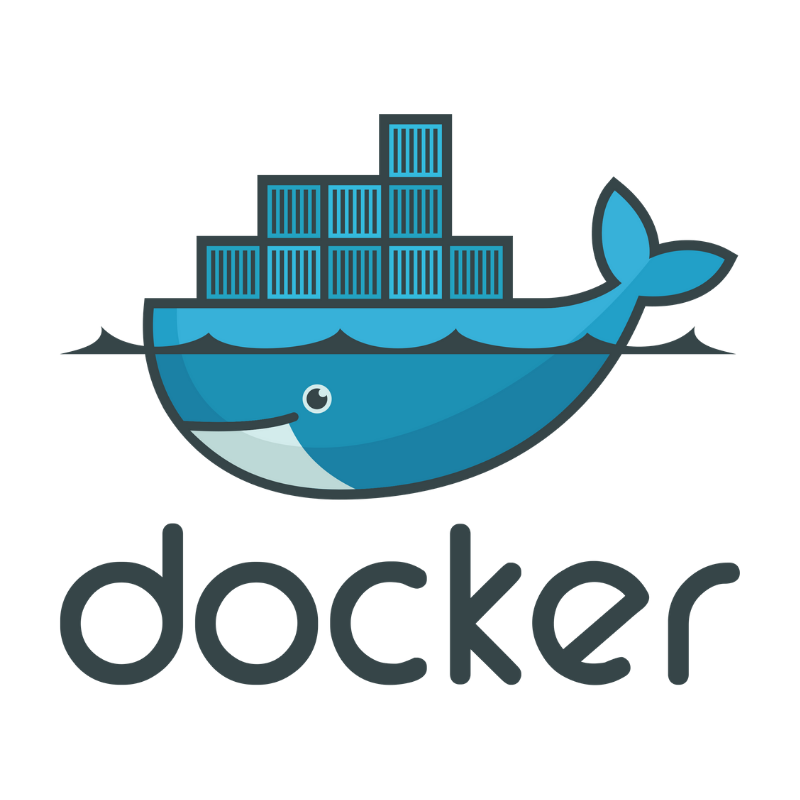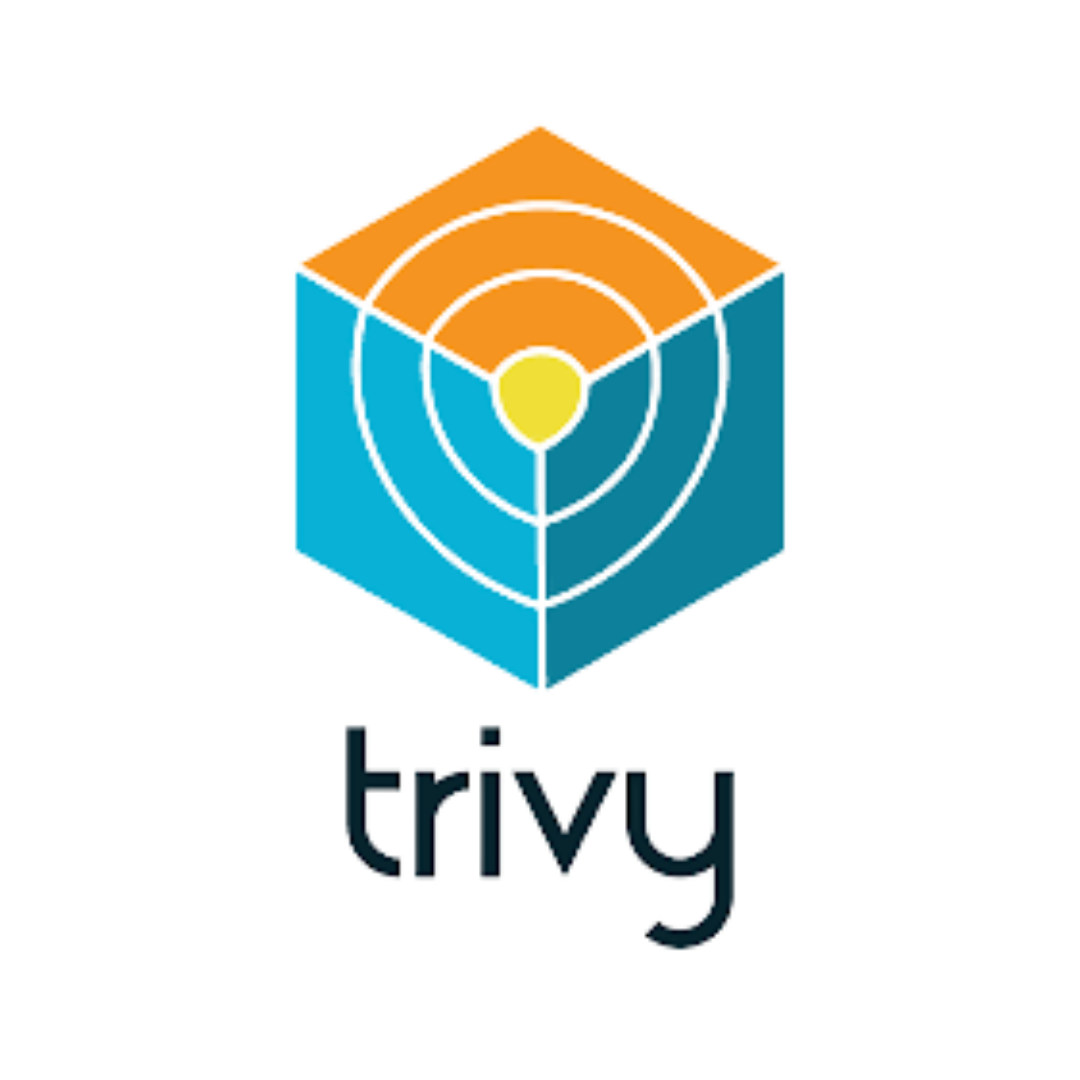
The principal benefits of containerization are:
Improves Portability
Improves Scalability
Simple and Fast Deployments
Enhances Productivity
Improves Security
Reduces Resource Consumption
At stack.io we can:
12-factorize your applications
Put your app in a container
Make it easy to build, push, and pull container images
Make it easy to add dependencies to your application independently of your ops team.
Common container use cases:
Cloud migration
Refactoring existing applications for containers
The adoption of a microservices architecture
Iot services
Developing new container-native applications
Providing easier deployment of repetitive jobs and tasks

DevOps Maturity
Where does your setup fit on our DevOps maturity scale?
+ Poor
- We’re not using containers.
- Our applications have dependency issues all of the time. We have to beg our sysadmin to install some dependency and they always say ‘no’.
+ Fair
- We’re not using containers, but we deploy things in a standardized manner via AMIs, VM images, RPMs/Debian packages, etc.
- We’re using containers during development and testing, but not in production.
- Our team needs to manually build the containers whenever we want to use them.
- We’re misusing pods, confusing the purpose of it, putting multiple processes in a container.
- We’re running multiple processes on a container instead of running multiple containers.
+ Good
- We use docker containers, but the images might contain secrets or other hacks in the build process.
+ Great
- We use docker containers for all of our application deployments and our images have no vulnerabilities or secrets built into them.
- It’s easy to access, build, and upload our container images.

























